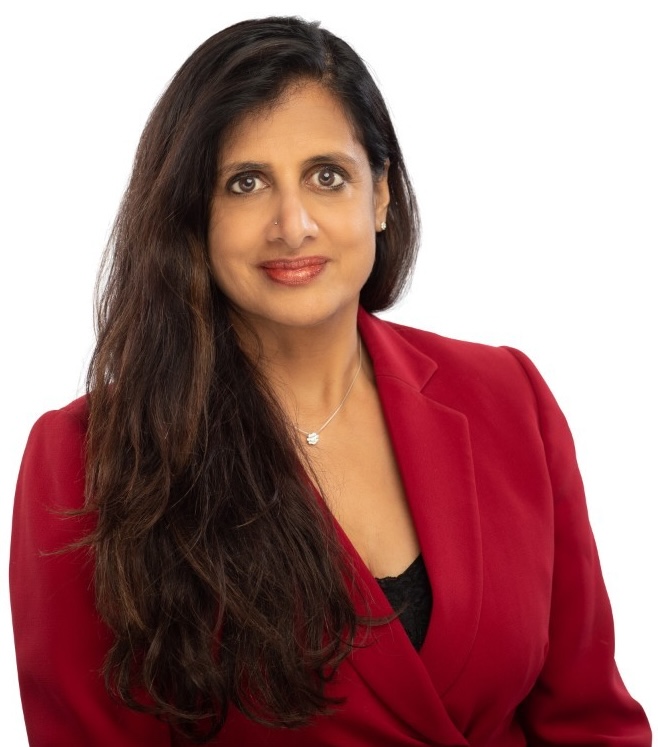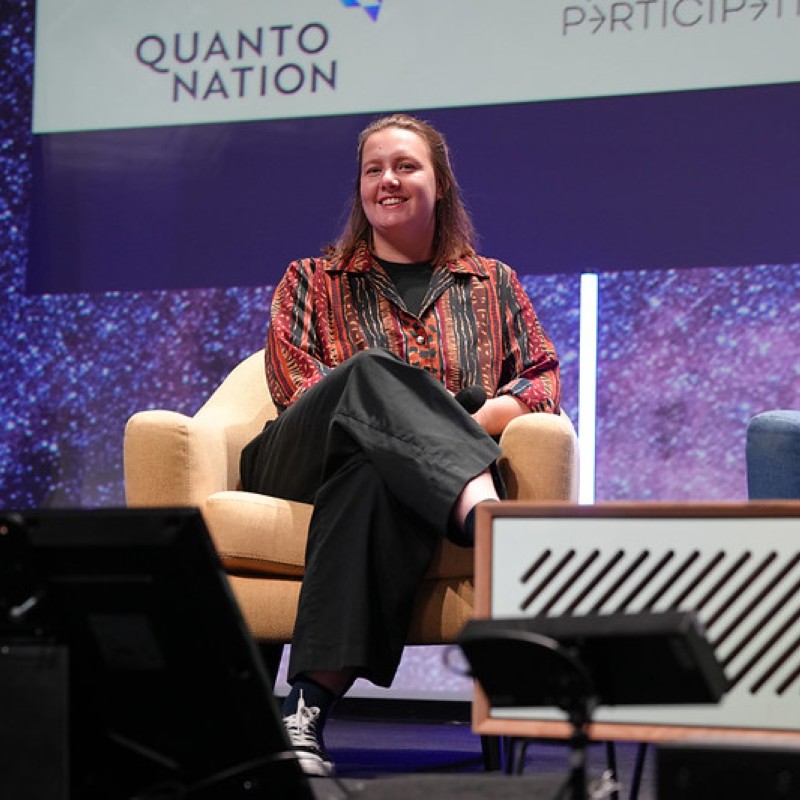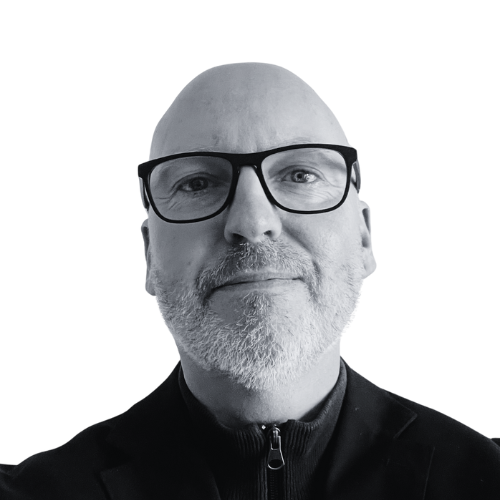Materials
Advanced materials: 2025’s breakthrough year and what comes next in 2026
Reading time: 5 mins
Panel at Optica’s Quantum Industry Summit was candid on challenges and opportunities
Back in June, McKinsey released a set of figures that suggested the global quantum technology market is on track to reach $2.1–2.6 billion in annual revenues by 2030, with investment into quantum start-ups rising almost 50% year-on-year. While these sorts of figures can be big markers, almost confidence boosters, the reality is that in any nascent market such as quantum, it’s always good to hear from investors, to gauge where the smart money is going.
At this year’s Optica Quantum Industry Summit in Bristol’s M Shed, that opportunity came via a panel of investors who have collectively backed dozens of quantum and photonics start-ups across Europe and the US.
Jon Pugh, technical director for PIC and quantum at Optica, was joined by Kris Kaczmarek, investment director at QDNL Participations, Emily Meads, principal at Quantonation, Pepijn Rot, investment associate at Verve Ventures, and Sujatha Ramanujan, chief investment officer and managing director at NextCorps Luminate.

Investors want founders to make a strategic choice and commit to it.
“Be clear on what you want to do and what kind of business you want to build,” said Kris Kaczmarek of QDNL Participations. If you’re developing a long-horizon architecture, he argued, don’t get distracted by revenue for revenue’s sake. But if you’re bringing a product to market today – a photonic tool, a sensing module, or a control system – then behave like a commercial company and prove people will buy it.
It was a theme echoed by Emily Meads of Quantonation. “What you’re selling is a product, it’s not technology anymore.”
Quantum founders must decide what type of business they are building and shape every message around that choice.
The panel was more animated on team behaviour than on technical milestones. Investors have seen enough quantum teams to know that technical excellence alone doesn’t build a company.

Sujatha Ramanujan of NextCorps put it bluntly, saying “Do not bring the drama.”
Depth of physics matters too, of course.
“There’s no learn-as-you-go in physics,” she reminded the audience – but communication skills matter too, as do market awareness and team maturity.
Pepijn Rot of Verve Ventures said he looks for founders who can explain complex concepts “to your cousin or your aunt” without turning the science into soup.
Clear communication, internal cohesion, and the ability to operate without theatrics are all now core indicators of “investability”.
For years, quantum’s reputation was anchored to long timelines – 10 to 15 years to exit, assuming everything went right. That story is shifting, according to the panel.
“LightSynq was acquired by IonQ a year after incorporation,” Kaczmarek noted, a deal almost no one would have predicted a few years ago.

As quantum systems scale, the value of enabling technologies is rising fast. Photonics, cryogenics, control systems, and atom-based subsystems are increasingly being bought rather than built.
Ramanujan expects more of it too. “I do think we’re going to start to see a lot of industry consolidation,” she said. “The ‘picks-and-shovels’ companies are going to get bought.”
For European founders, where late-stage capital remains limited, this is an important point. The fastest path to meaningful liquidity may sit in components, tooling, and measurement, not in full-stack systems.
In terms of where founders are located, the panel had some views on IP and funding. The geopolitical realities shaping who can invest, where companies can expand, and how IP must be managed, are all important.
“Where you initiate your IP will become very, very important,” said Ramanujan.
Export controls, foreign investment restrictions, and the desire of countries to protect strategic technologies mean founders need to think carefully about corporate structure from day one. Taking the wrong money, filing IP in the wrong place, or delaying US market entry, for example, can quietly shut doors that are hard to reopen.
Kaczmarek also added that sovereign funding can be a double-edged sword. Excellent early on, but potentially limiting later, if it creates the impression a company is tied too closely to any one national ecosystem.
One of the more nuanced debates centred on whether academic founders should run their companies, or should bring in a seasoned CEO?

Kaczmarek argued that the early stages demand leadership from someone deeply invested in the mission.
“Getting a hired-gun CEO? They’ll be around maybe for a few years, turn in their equity, and move on.”
Ramanujan added that moving from research to commercial leadership can be challenging, noting that the skills that make someone an exceptional academic don’t always translate directly into running a company.
Meads said early-stage leadership and late-stage leadership are different disciplines. It’s perfectly normal, and often desirable, she added, for founders to transition into CTO or CSO roles once the team grows beyond 50 or 100 people.
Good judgement, not job title, is the mark of a mature team.
“Quantum for AI and AI for quantum.” Kris Kaczmarek, QDNL Participations
“Maybe I’ll say hybridisation, having a lot of different platforms.” Emily Meads, Quantonation
“For me, atom-based computers, like trapped ions and neutral atoms. And I’m actually very excited about many quantum sensing opportunities.” Pepijn Rot, Verve Ventures
“I’ve been doing the picks and shovels, the people who are servicing the quantum industry. I feel like I can get a better feel for where the quantum industry is going by who is buying what tooling.” Sujatha Ramanujan, NextCorps and Luminate
As Jon Pugh summarised, the panel’s comments all point towards a market defined not by a single hardware race, but instead by hybrid architectures, atom-based platforms, sensing, and the enabling infrastructure that ties everything together.

Working as a technology journalist and writer since 1989, Marc has written for a wide range of titles on technology, business, education, politics and sustainability, with work appearing in The Guardian, The Register, New Statesman, Computer Weekly and many more.
Quantum
Reading time: 10 mins
Quantum
Reading time: 10 mins
Quantum
Reading time: 11 mins
Robotics
Reading time: 1 mins
Quantum
Reading time: 3 mins